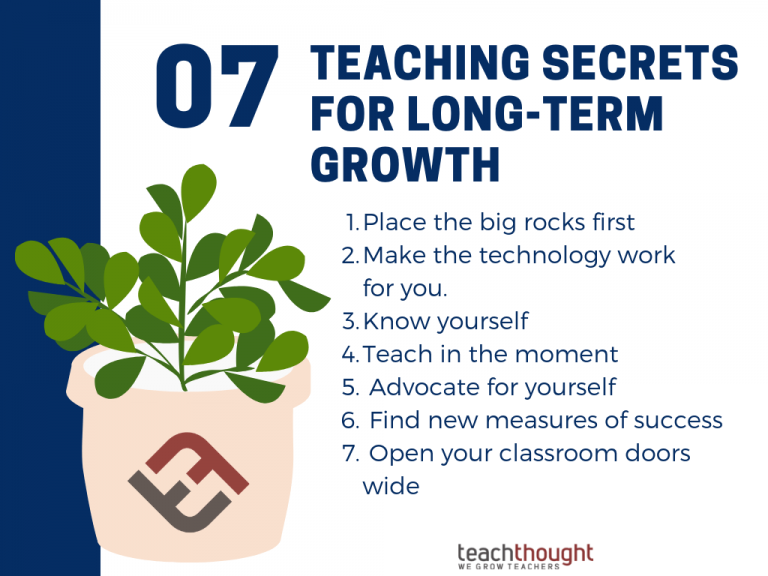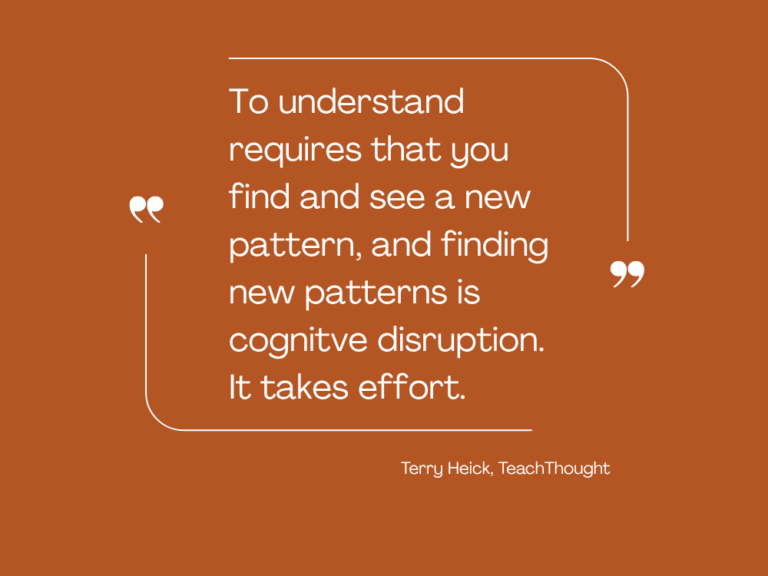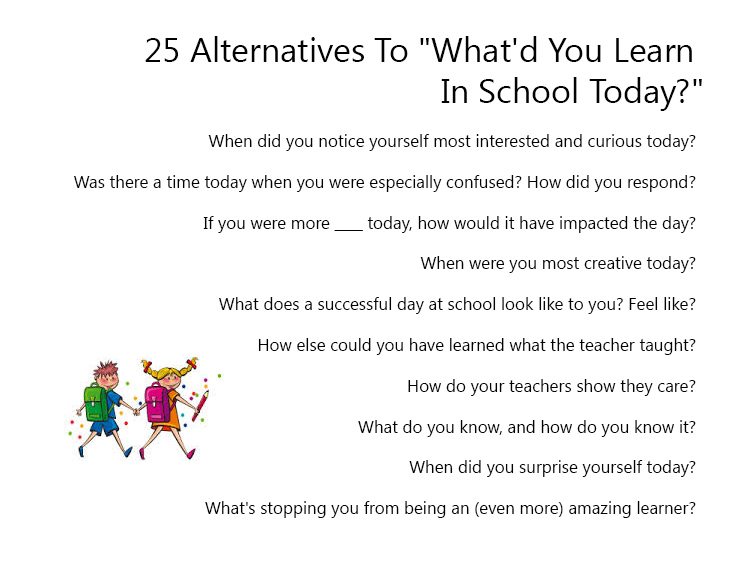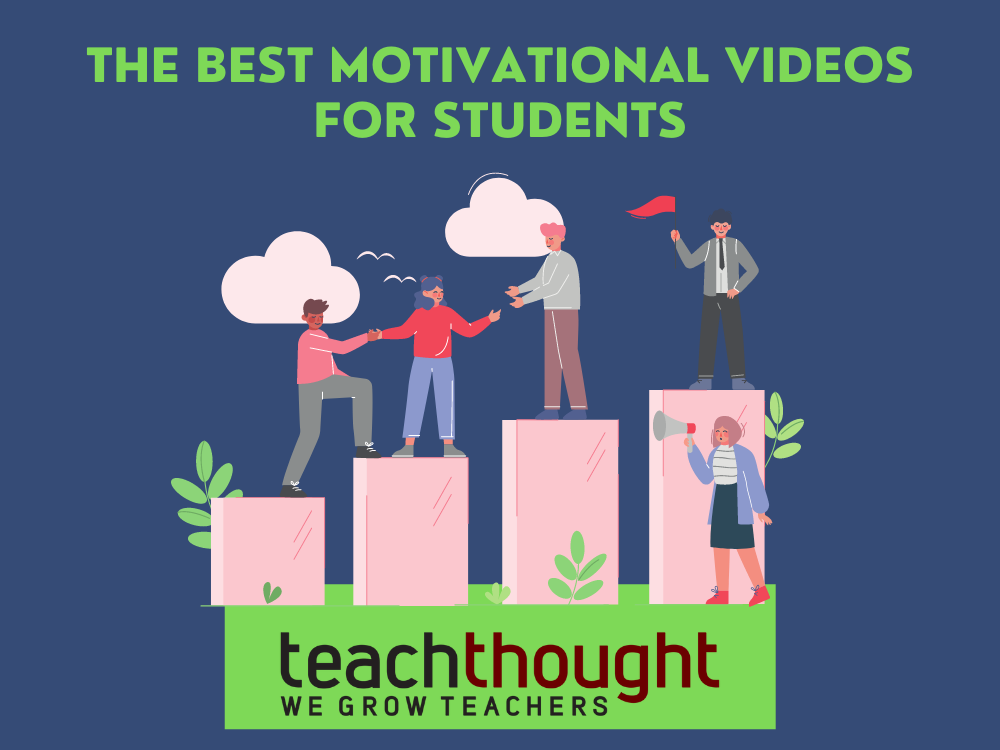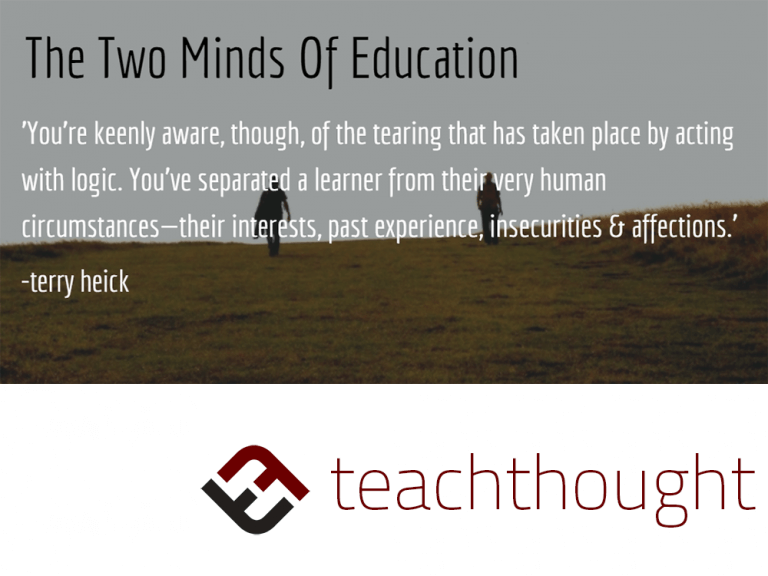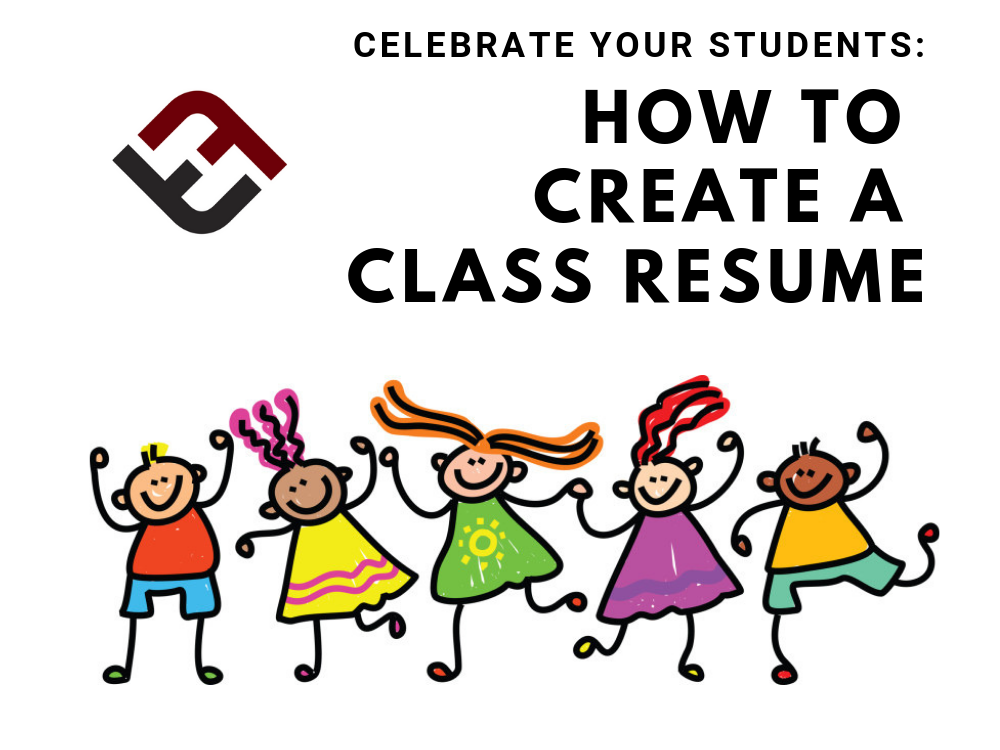
Why You Should Create A Class Resume
contributed by Laurel Schmidt, myedexpert.com
Teachers don’t get to set the culture of their school, but they do define the world inside the four walls of their classroom.
With every word and gesture, they determine the how-we-do-things-in-this-room, from conversational style to turning in work, asking questions, sharing supplies, and more. Even more important, they subtly transmit cues to their students about who or what is valuable, and how factors including gender, race, language, economics, customs and even zip codes will influence a student’s standing in this intimate community.
Great teachers understand the huge responsibility of defining the culture of their classroom and they go at it with gusto, launching an unrelenting search for what each student can do and how that contributes to the strength of the group.
How–and Why–To Create A Class Resume
An excellent activity that trumpets this egalitarian agenda is creating a class resume. It’s a visual inventory of all the assets your students possess—the sum total of their experiences, knowledge, skills and multiple intelligences.
To get started, teach your students that a resume is a list of a person’s skills and accomplishments. People write resumes to get the jobs they want, while other people read them to find people who can work with them. You may even want to share a copy of yours.
Then explain that since you’ll all be working together for a whole year, it’s important to know the kinds of things they can do to help each other learn. So they’re going to spend some time talking, thinking, remembering, and asking questions that will help them construct their class resume.
Now show them a list of potential categories that can be part of the resume. The list below can provide a starting point but be sure to ask for additional suggestions.
Sample Categories For Fictional Class Resumes
1. Languages spoken (list them)
2. Countries visited or lived in (list them)
3. Pets
4. Can draw or paint (comics, animals, sci-fi creatures)
5. Music skills: Play instruments, sing, whistle, perform as DJ
6. Dance: list kinds
7. Writing (genres: poems, short stories, plays, jokes, skits, graphic novels)
8. Performance: acting, tricks, jokes, mime
9. Play games or sports (list them)
10. Know how to: (cook dinner, skateboard, feed a baby, set up a tent)
11. Use tools to build or fix things (repair a bike or computer)
12. Can navigate the bus/subway system
13. Can grow plants, care for a garden
14. Tech skills: Can run a VCR, boot up the computer, do research on the internet, build websites, create an app, use GPS
15. Have collections: (list them)
17. Have a library card
18. Play board games: (list them)
19. Won a contest or prize
20. Belong to clubs or organizations (scouts, etc)
21. Other skills
Getting Started: How It Could Work In Your Classroom
Remember, the categories are simply prompts to guide your students’ curiosity about each other, so tailor the list to their ages, experiences, neighborhoods, ethnic and cultural origins. Include plenty of real-world skills, not just things we do at school. Make sure there’s something for kinesthetic, visual and interpersonal learners, as well as kids who are strong in academics.
Now divide the class into work-size groups. Give them large sheets of paper and marking pens or any materials that are age-appropriate for this project. Allow plenty of time for them to talk, review the categories and discover their collective assets.
Each group can design its own resume, but if you have younger students you may want to give them a template of a resume and have them fill in the blanks. They can even use simple drawings along with words to record their information.
Be sure that they include the names associated with each asset. For example, Languages Spoken: Farsi (Chris and Laila) Spanish (Marco, Soledad, and Aida), Korean (Paul).
Why The Classroom Resume Activity Works
The power of the resume activity is that it motivates students to prospect for talents and experiences among their peers and each discovery helps them expand their list. A group with four bilingual students is suddenly ‘language rich.’
The social-emotional impact of this is huge. Rather than viewing differences as oddities that create social distinctions and potential distance, your students are re-conditioned to welcome each revelation because it beefs up their asset bank.
Another important feature of this activity is that it immediately focuses kids on the class as a community—-who we are and what can we do with and for each other—rather than defining the classroom as an arena in which students compete for grades or the teacher’s attention.
When the groups are finished, display all the resumes and let the students wander around and study the information. Then bring them together and discuss what they’ve learned about each other. Ask questions like:
What’s the most interesting item on all these resumes?
What’s the biggest surprise?
What do most of us seem to have in common?
What kinds of things do you see that you want to learn from each other?
Spend some time identifying the ‘experts’ in the class. Who are the linguists? Who can teach us to play chess or checkers? What if we want to write a musical? This is not to put certain students on a pedestal, but to let the group know to whom they can turn for various types of help.
Recopy or just cut and paste the group resumes into one big one. Display it prominently and invite students to keep adding on as they remember more things that they can do. And don’t forget to list some talents of your own because you’re part of the resource pool, too.
Taking time to build a class resume sends a powerful message. As a group, we possess lots of skills that we can use to help each other get smarter. No one needs to fail in a class with this much talent because we’re all in it together.
Laurel Schmidt is the author of Classroom Confidential: The 12 Secrets of Great Teachers and Social Studies That Sticks: How to Bring Content and Concepts to Life (Heinemann.com). For more ideas or to contact Laurel go to Laurel Schmidt’s Think Tank at www.MyEdExpert.com

